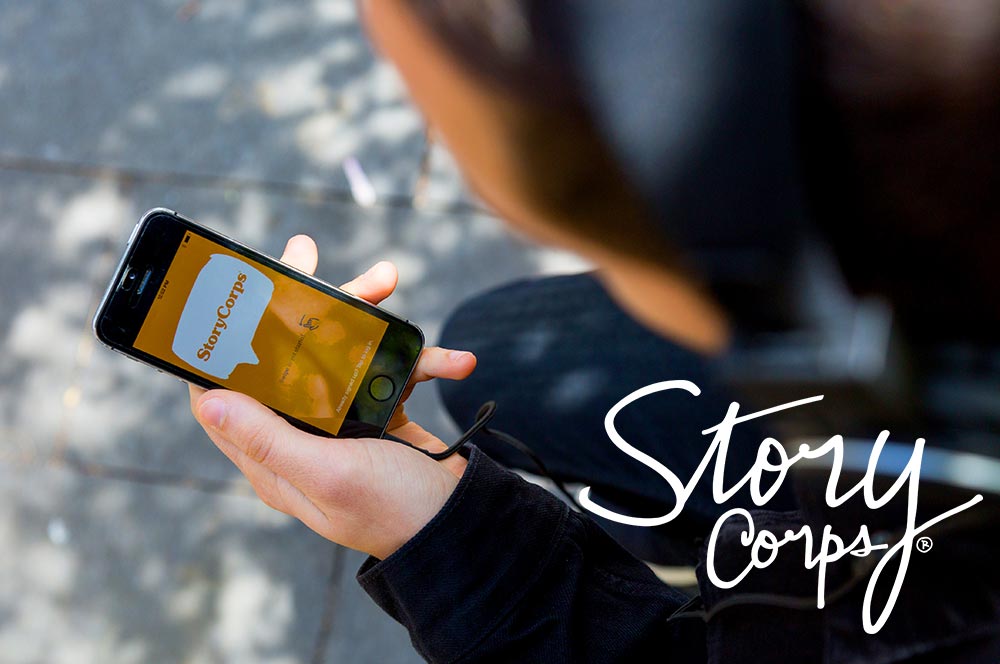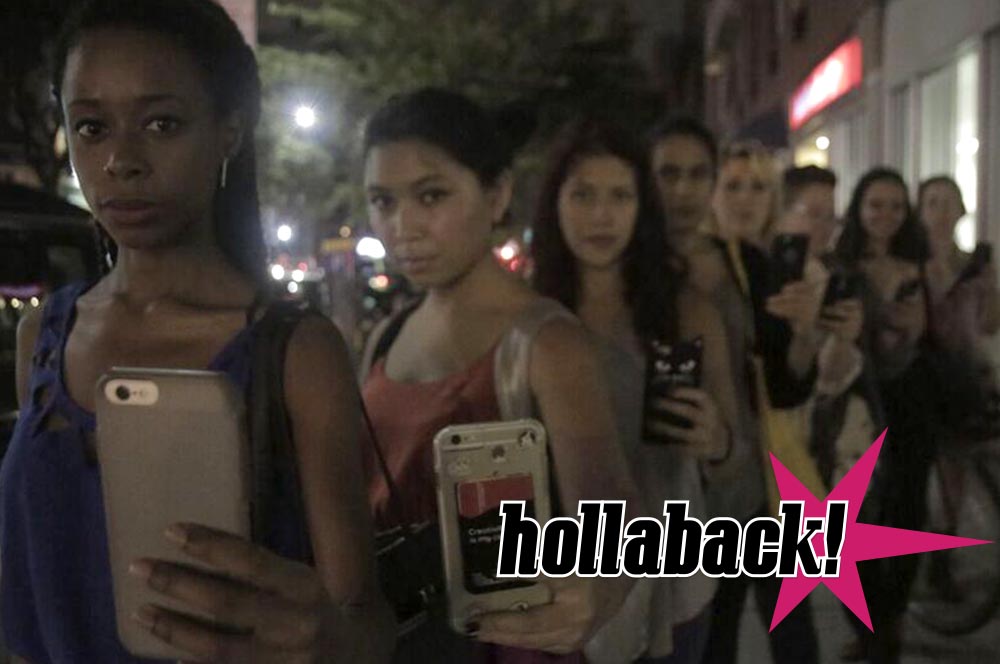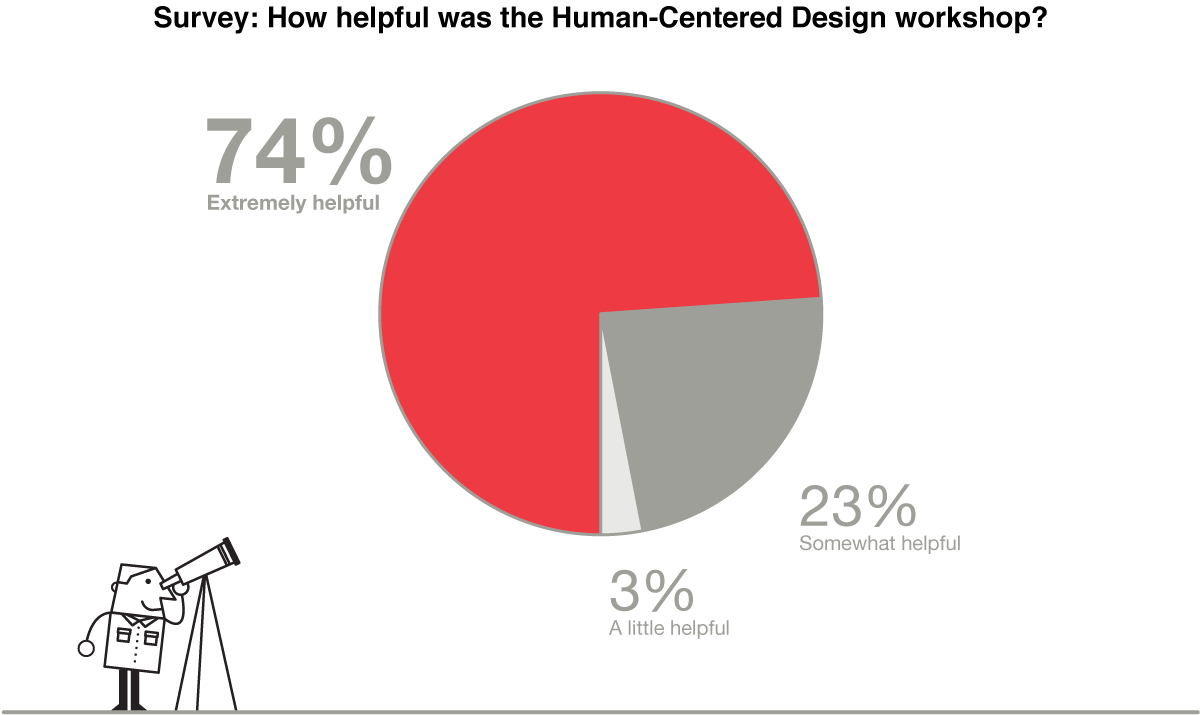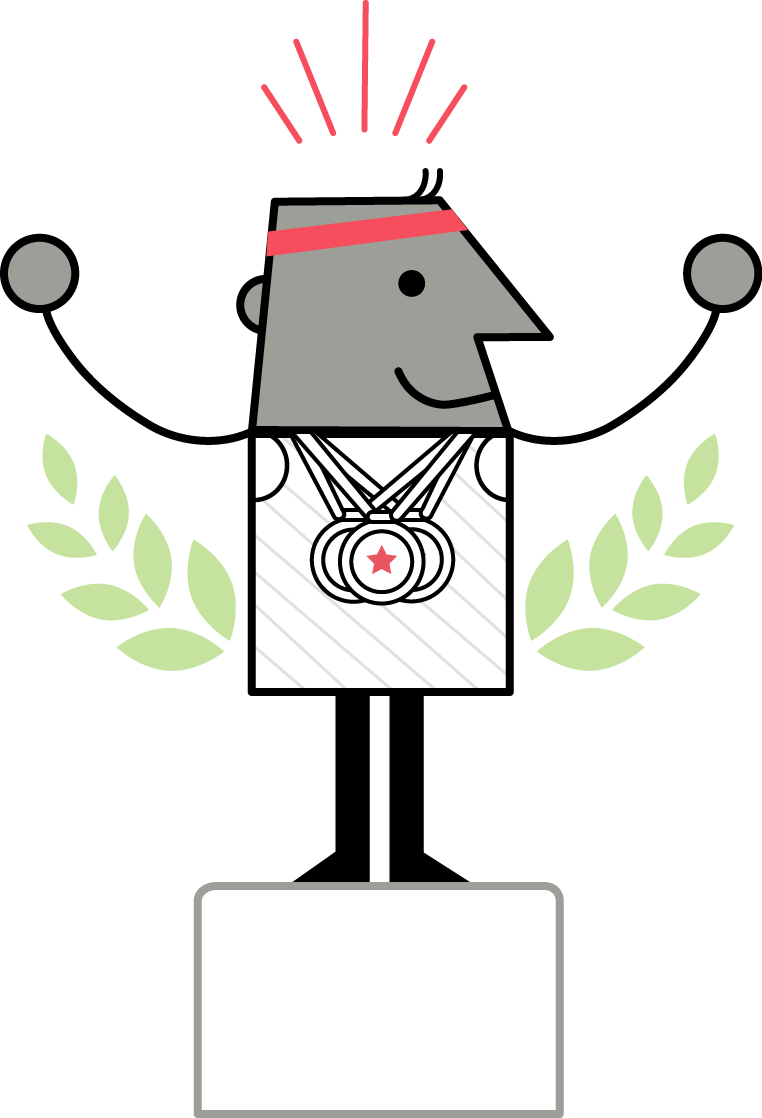Big wins
- Knight Foundation equipped 255 Prototype Fund grantees with powerful innovation toolset
- Prototype Fund projects have won more support and launched as stand-alone offerings
- Media organizations are building “muscles of innovation” through human-centered design

Challenge
How might the Knight Foundation best support media innovators through its early-stage grant program?
As one of the 50 largest independent foundations in the United States, the John S. and James L. Knight Foundation follows a clear philanthropic mission — to foster informed and engaged communities by investing in journalism, communities and the arts. In 2012, Knight Foundation launched the Prototype Fund to help technologists, journalists and “tinkerers of all kinds” through early-stage grants of $35,000 each to build and test new ideas, over six months, that could push media and civic information projects forward. During the first year, the program encouraged Prototype Fund award recipients to use human-centered design to better understand the needs and preferences of people who might use their product or service. Starting with the second year, Knight made human-centered design a formal part of the program. The goal was simple — to equip grantees with an effective toolset for developing innovative products and services that people would really use.
It’s one thing to say ‘You need to use human-centered design as part of your process,’ and another thing to offer some resources to help people get started. … We don’t want people to just do a heads-down dive into their project, then come back up after six months with a tool or technology. We want people to verify, with their audience along the way, that they are making the right thing, and to learn from the people that they are trying to serve.
Chris Barr
Knight Foundation Director of Technology Innovation and LUMA Certified Instructor
Approach
Launch media and information projects with training in human-centered design methods
Chris Barr, Knight director of technology innovation who leads the Prototype Fund, explored ways to bring human-centered design into the program. He’d read about the LUMA System on a design industry blog, and signed up for a Fundamentals workshop to see the system for himself. The practical and flexible approach felt like a fit. Barr worked with LUMA to design a 2 ½-day workshop that gave each new cohort of Prototype Fund grantees training in the LUMA System, plus LUMA resources. With quarterly cohorts of about 20 projects each, the Prototype Fund soon had dozens of projects in progress. “After the workshops, I would get phone calls regularly like this: ‘We’ve really started to dig into these methods and it turns out that we were going to make the wrong thing. So now we have plans for something different — is that OK?’” Barr recalled. Just as the Knight Foundation had hoped, the projects evolved in ways well beyond the original concepts.
Scope of engagement
There is simply StoryCorps before human-centered design and the StoryCorps after. The culture and the way we approach our work are remarkably different and much more evolved. I see it as a windfall for both myself and the organization to have been introduced to HCD, and it was one of the most valuable, but least anticipated, results of the Knight Prototype award.
Dean Haddock
Managing Director, Digital & Technical Innovation, StoryCorps
Results
Prototype Fund projects see success and advance innovation in journalism and civic information
When the Prototype Fund began, the Knight Foundation forecast a minimum 80 percent fail rate, expecting only 20 percent of projects to win additional funding or move to product launch. Within that scope of success, the Prototype Fund has had some impressive outcomes; see the stories of StoryCorps, Hollaback! and Curious City that follow.
Beyond successes with specific products and services, Prototype Fund projects have become catalysts for the growing use of human-centered design in all types of media organizations — a critical development in an industry grappling with enormous technological and social disruptions. For the Knight Foundation, that larger ripple of impact demonstrates considerable value toward the original goals.
StoryCorps
Prototype Fund grant awarded in July 2014 to help StoryCorps, an award-winning oral history project, to develop a mobile app for anyone to record, upload and share do-it-yourself interviews. Since its launch in March 2015, nearly 250,000 people have done a StoryCorps interview using the app, greatly expanding the project’s ability to allow anyone anywhere to participate by using a mobile device. In 2015, the Story Corps app project won an additional $600,000 in funding from the Knight Foundation, and a $1 million award from TED.

Hollaback!
Prototype Fund grant awarded in March 2013 for Hollaback! to improve and expand a mobile app that lets people to submit real-time reports of street harassment directly to local government. Hollaback! relaunched the app in fall 2013 in New York City and since then has won the Ted City2.0 Prize and been named a CNN Top Personal Safety App. Hollaback! is in use in 19 languages, 56 cities and 31 countries, and its reach is continuing to expand. The Hollaback! team won an additional $516,000 from the Knight Foundation in late 2016 for HeartMob, a digital platform to combat online harassment.

Curious City
Prototype Fund grant awarded in June 2013 to create an experimental, public-powered model that enables the public to suggest, vote on and participate in news stories as they are reported. The Curious City experiment is thriving at WBEZ, a public radio station in Chicago. Out of that success, the Curious City founder has launched a startup, Hearken, that offers consulting and a custom software platform that news organizations interested in the public-powered reporting model can use in a variety of ways in their own markets. Hearken is being used in 18 languages and by more than 80 newsrooms around the world, and is starting to spread to cultural institutions and schools.

For us, it’s just as important to see the institutions we care about develop the muscles of innovation as it is to have funded a successful project. If organizations can build those muscles, we’re more likely to have additional, successful projects down the road.
Chris Barr
Knight Foundation Director of Technology Innovation and LUMA Certified Instructor

Source: “From Proposal to Product,” March 2017
Outcomes

250+ grant teams equipped with human-centered design via LUMA

Knight Foundation investment supported by giving grantees design tools to succeed

Grant recipients won additional funding, launched new products and services

Wider use of human-centered design as an innovation driver in media organizations nationwide
In the news
The LUMA System isn’t prescriptive — it doesn’t ask people to take on new processes. It’s about tools and methods that people can drop in along the way, and enhance your existing processes. I think that’s really powerful.
Chris Barr
Knight Foundation Director of Technology Innovation and LUMA Certified Instructor
Start your story








